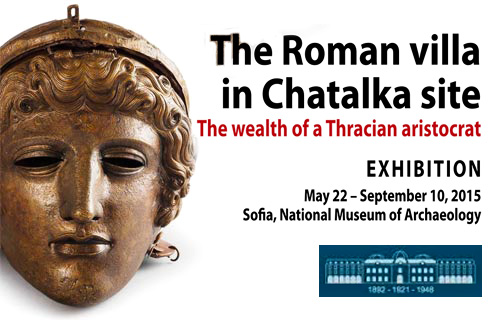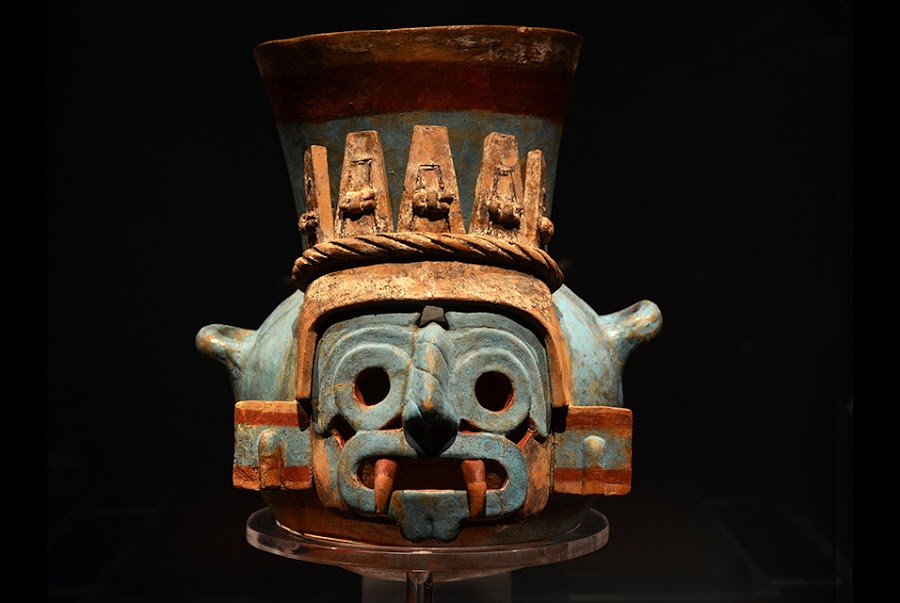ShowBusinessMan:
Archaeology
'The Roman villa in Chatalka site: The wealth of a Thracian aristocrat' at the National Museum of Archaeology, Sofia

'The Aztecs, People of the Sun' at Pointe-à-Callière in Montreal

'Indigenous Australia: Enduring Civilisation' at the British Museum

The Vikings Exhibition at Discovery Times Square, NY

'China's First Emperor and His Terracotta Warriors' at Chicago’s Field Museum

'Fragments of Humanity: Archaeology in Québec' at Pointe-à-Callière, Montreal

'Viking Voyagers' at the National Maritime Museum Cornwall

Meet the archaeologists making ancient rock art into 3D reality

The Wild Magic of Greece's Meteora: Video
